15 Budget-Friendly DIY Projects to Refresh Your Home
Making small changes around the house can have a big impact on your budget. Simple do-it-yourself projects are a great way to improve your living space. They let you reuse materials, add personal touches, and save money at the same time. Many of these projects are easy to learn and do not take much time. They can make your home more comfortable without adding extra costs. Explore these ideas and see which ones fit your needs best.
This post may contain affiliate links, which helps keep this content free. Please read our disclosure for more info.
Weatherstripping Doors and Windows

Drafts make homes lose heat or cool air. You can fix this by adding weatherstrips around frames. Buy foam or rubber strips, cut them with scissors, and stick them in place. Start with doors and windows you use most often. This can save $50 to $100 a year.
Wipe surfaces clean before applying so the strips stay secure. Use a candle test to see where air leaks in. Replace strips every year or two when they wear down. A small roll costs less than $10. This quick project helps your home feel more comfortable.
DIY Raised Garden Beds
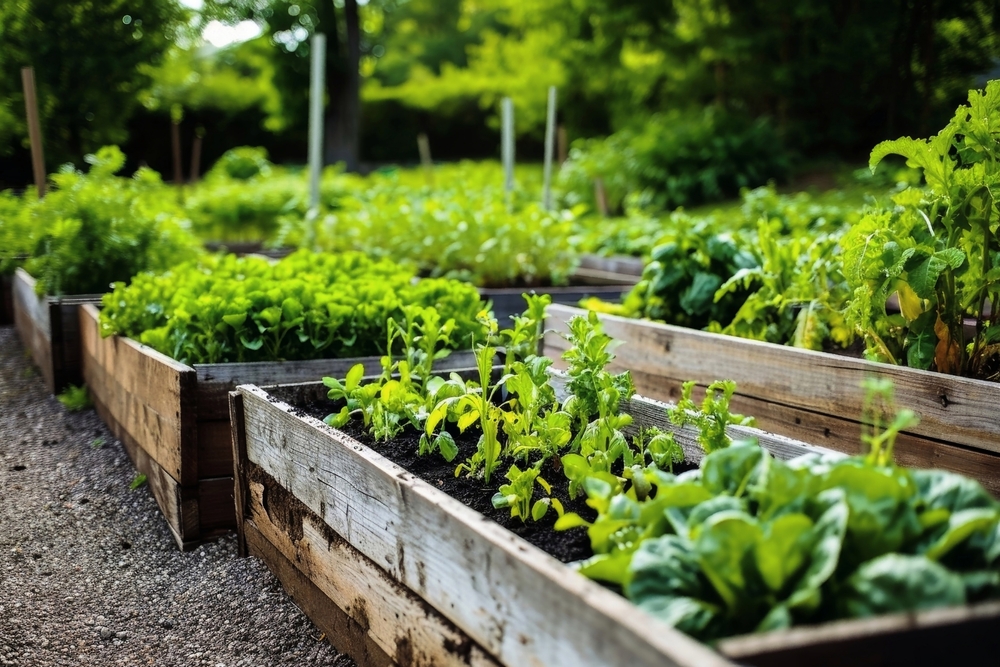
Growing food at home saves on groceries. Use old wood planks or cinder blocks to build a frame. Fill it with soil and compost. Plant vegetables like tomatoes, peppers, or herbs. A small bed can save $100 to $200 yearly on produce.
Measure and level the ground before building. Choose a sunny spot for the bed. Water and weed regularly to keep plants healthy. Raised beds reduce strain on your back. They are practical and pay for themselves quickly.
Making Homemade Cleaning Solutions
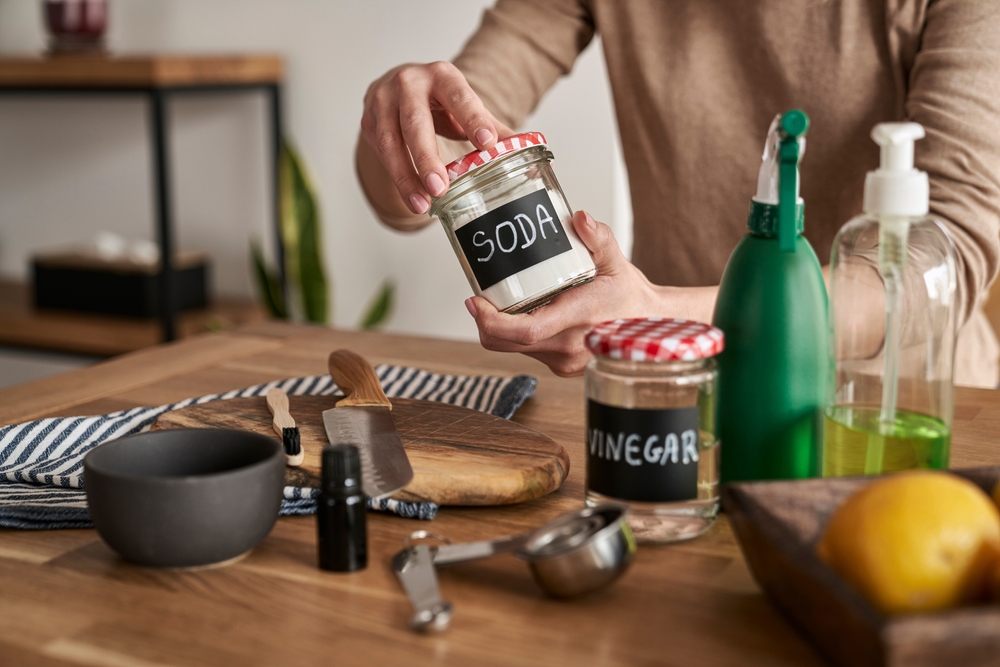
Instead of buying expensive cleaners, mix your own at home. Combine vinegar and water in a spray bottle for glass and counters. Mix baking soda with water to scrub sinks and tubs. Lemon juice and salt work well on stains and boards. Doing this can save $80 to $100 a year.
Label bottles clearly to avoid confusion. Store them in a cool, dry place. Always test on a small spot before cleaning bigger areas. These natural mixes are safe and easy to make. They cut costs while keeping your house fresh.
Creating a Compost Bin
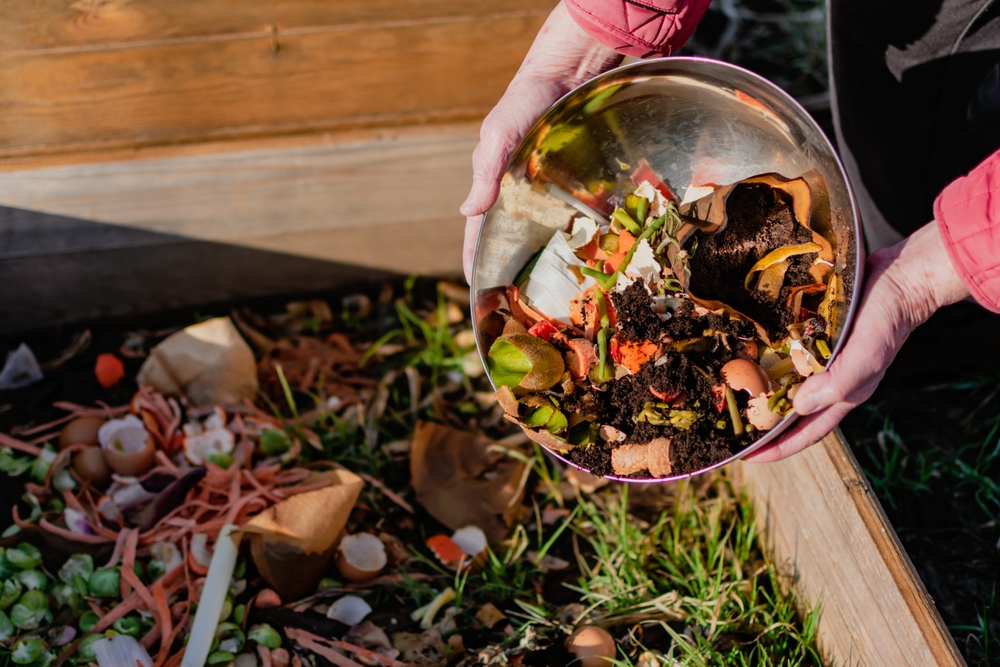
Turn food scraps into soil for your garden. Use a plastic bin or wooden crate with holes drilled for air. Add vegetable peels, coffee grounds, and leaves. Stir the mix weekly with a shovel or stick. This saves about $50 yearly in soil and fertilizer.
Keep the bin in a shaded spot outdoors. Avoid adding meat or oily foods to prevent odors. After a few months, you will have rich compost. Spread it in gardens or flower beds for free nutrients. It reduces waste while saving money.
Fixing Leaky Faucets
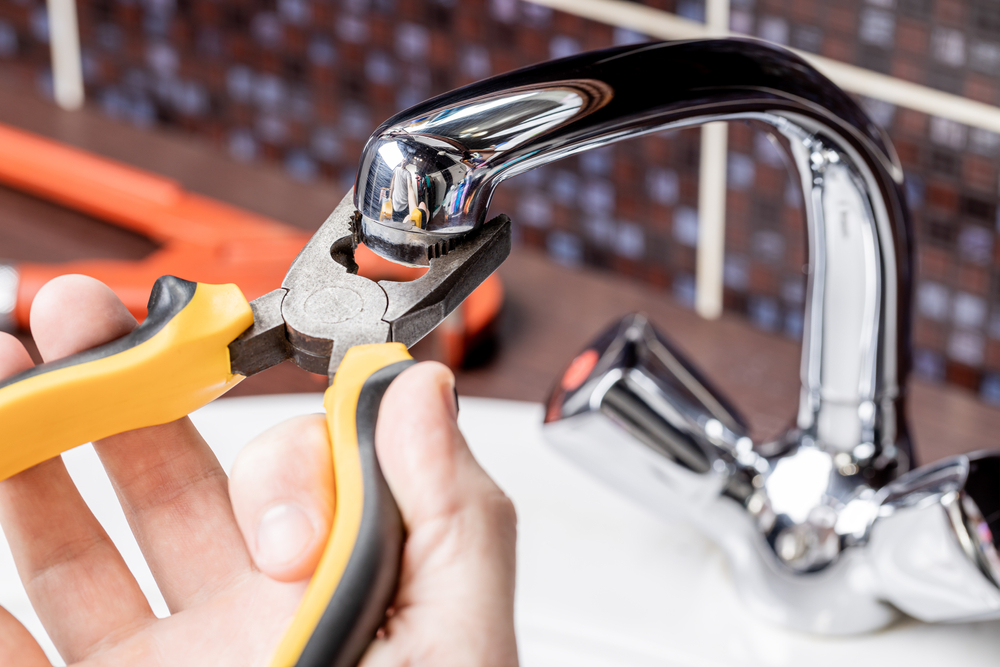
A small drip can waste gallons of water. Turn off the water under the sink first. Use a wrench to remove the handle and replace the washer or O-ring. Reassemble and turn the water back on. This can save $60 to $120 each year.
Bring the old washer to the store for the right size. Most replacements cost just a few dollars. Keep a screwdriver and wrench handy for this task. Check your faucets often for new drips. Fixing leaks is quick and prevents larger repairs.
DIY Water Heater Insulation
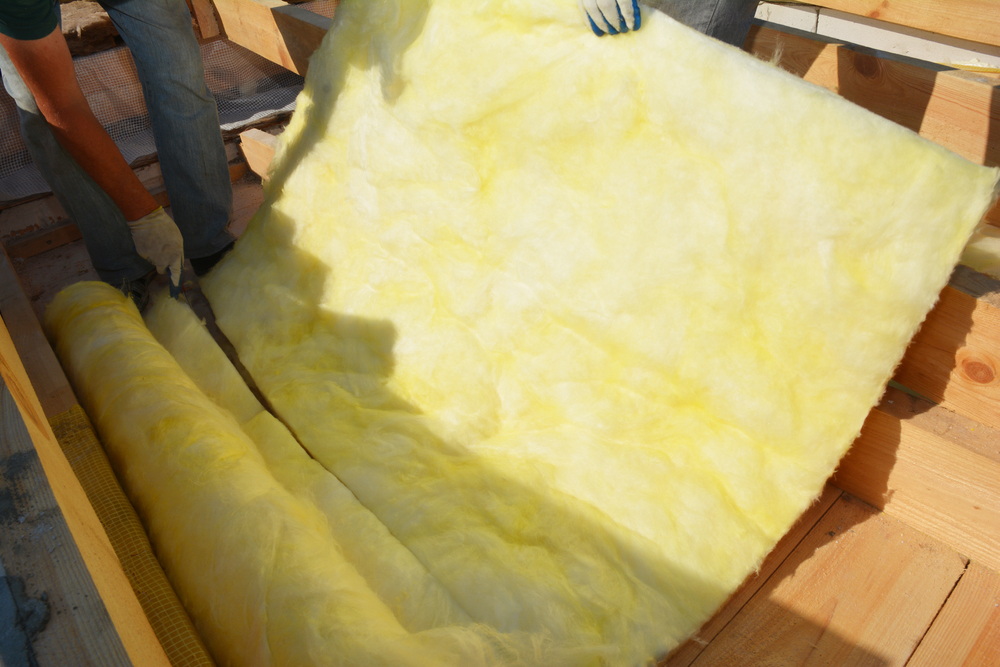
Water heaters lose heat when tanks are exposed. Buy an insulation blanket for less than $30. Turn off the heater and wrap it around the tank. Cut spaces for pipes and controls. This saves $40 to $75 per year.
Measure the tank first for the right size blanket. Use tape to keep it secure. Avoid covering the top if you have a gas heater. This project takes under an hour to complete. It keeps water warmer without added energy use.
Building Simple Wooden Shelves
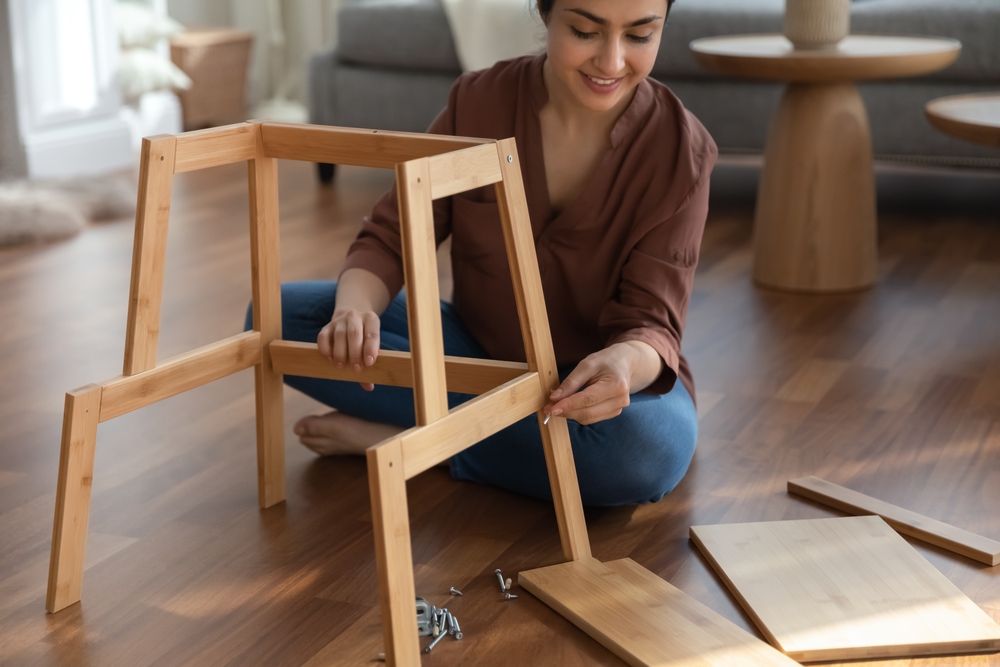
Buying shelves can be costly. Use old wood planks and brackets instead. Sand the planks and screw them into wall studs with brackets. Paint or stain the wood if desired. Building your own shelves saves $50 to $100.
Measure carefully before cutting for a clean fit. Use a level so the shelves are even. Reclaimed wood is often free from pallets or scrap piles. These shelves work well for books, kitchen items, or tools. They add storage without the store price.
Making Draft Stoppers
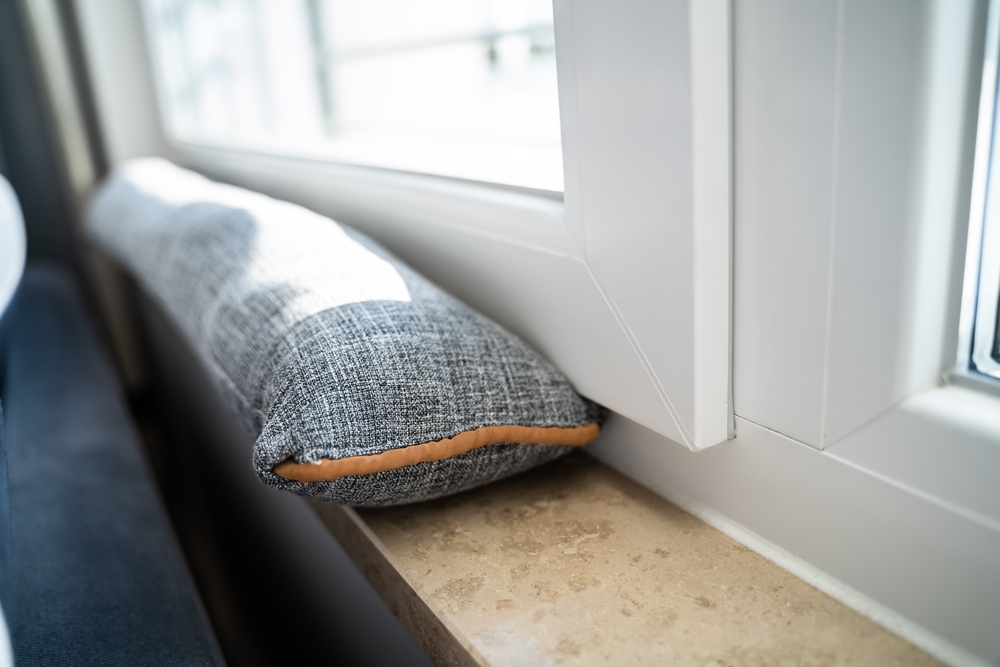
Cold air seeps under doors in winter. Sew a long fabric tube and fill it with rice or sand. Place it along the bottom of doors to block drafts. If you cannot sew, roll up a towel for the same effect. This saves $25 to $50 per year.
Pick fabric that matches your decor. Washable covers make them easier to clean. Draft stoppers last for years with little care. They work especially well for older homes with gaps. A few scraps of fabric can make several stoppers.
Sealing Air Ducts Yourself
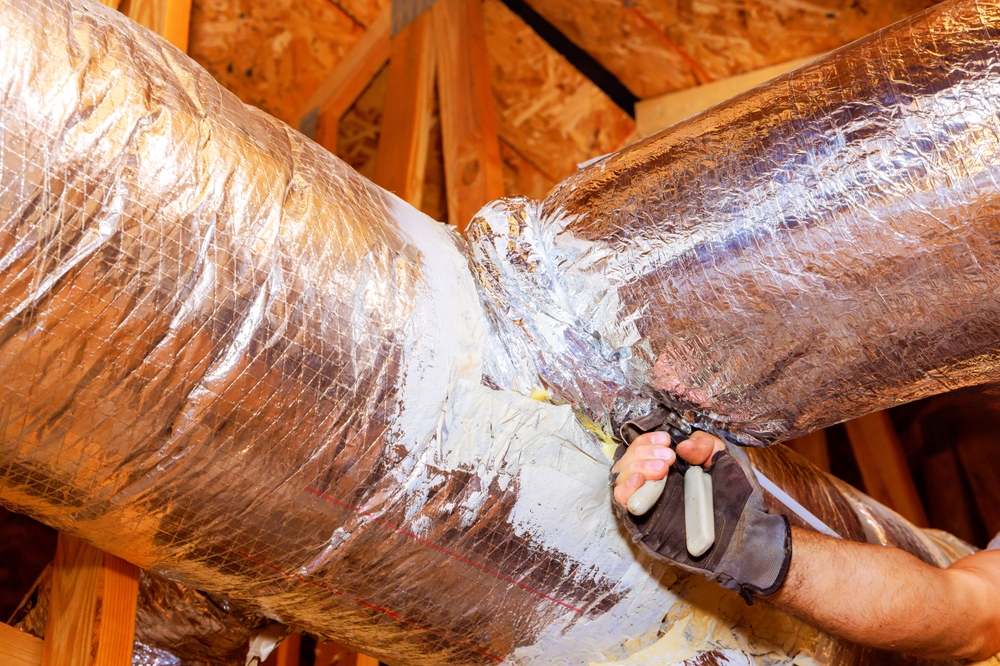
Loose ducts waste heated or cooled air. Inspect visible ducts for holes or weak joints. Use foil tape to seal leaks tightly. Clean the area before taping so it sticks better. This saves $100 to $200 a year.
Wear gloves if working in an attic or basement. Focus on ducts near the furnace first. Avoid blocking vents or moving parts. A $10 roll of tape is enough for most homes. This quick job improves comfort and cuts bills.
DIY Pipe Insulation
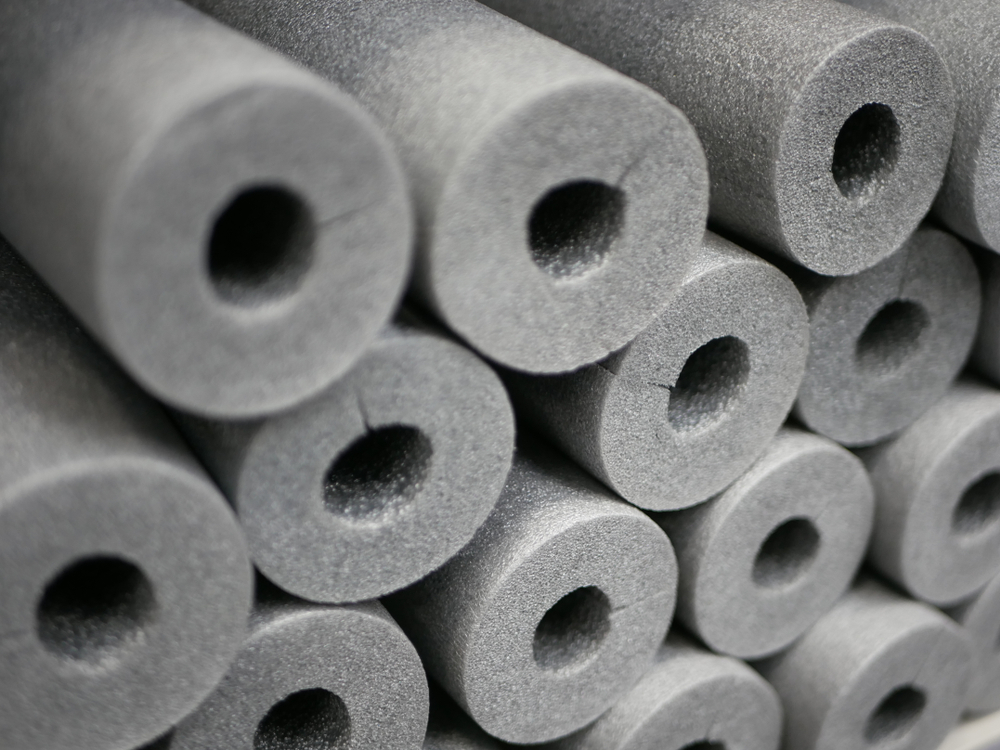
Exposed pipes lose heat in cold spaces. Buy foam pipe sleeves and cut them to size. Slip them over the pipes and seal with tape. Start with pipes in basements, garages, or outside walls. This can save $50 to $100 each year.
Measure pipes before buying insulation. Focus on hot water pipes to keep water warmer longer. Installation takes minutes and requires no special tools. Foam sleeves are cheap and long-lasting. This project protects pipes and lowers costs.
Installing LED Bulbs Yourself
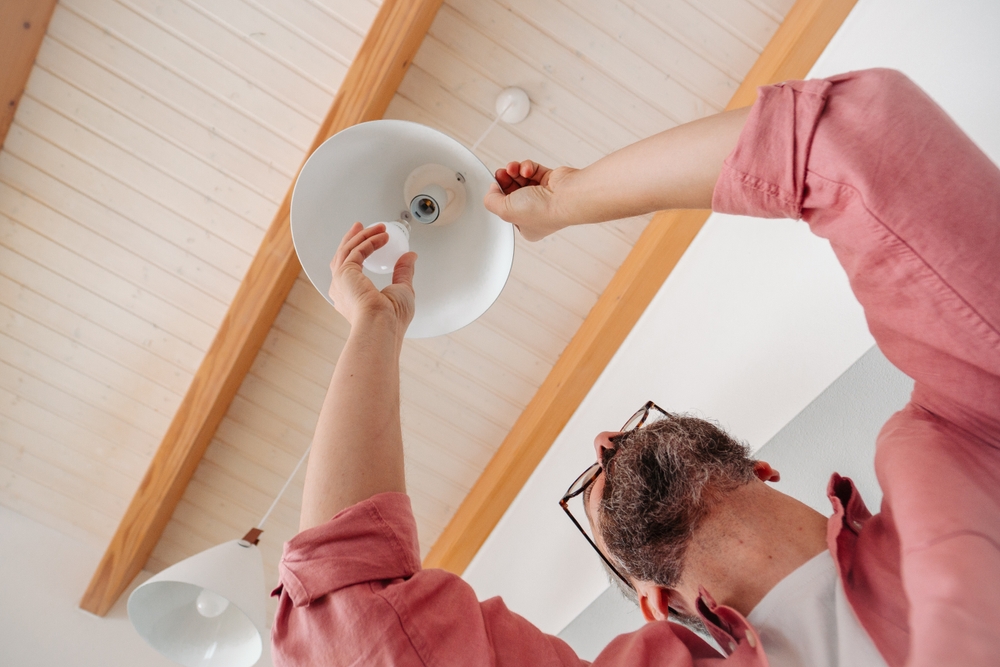
Old bulbs waste electricity. Swap them out for LED bulbs in every room. Simply screw out the old one and replace it with the new. Start with high-use lights like kitchens and hallways. This can save $75 a year.
LEDs cost more upfront but last for years. Some last 10 times longer than regular bulbs. Choose warm or cool tones depending on your room. Dispose of old bulbs properly. This project lowers bills with little effort.
DIY Shelving with Crates
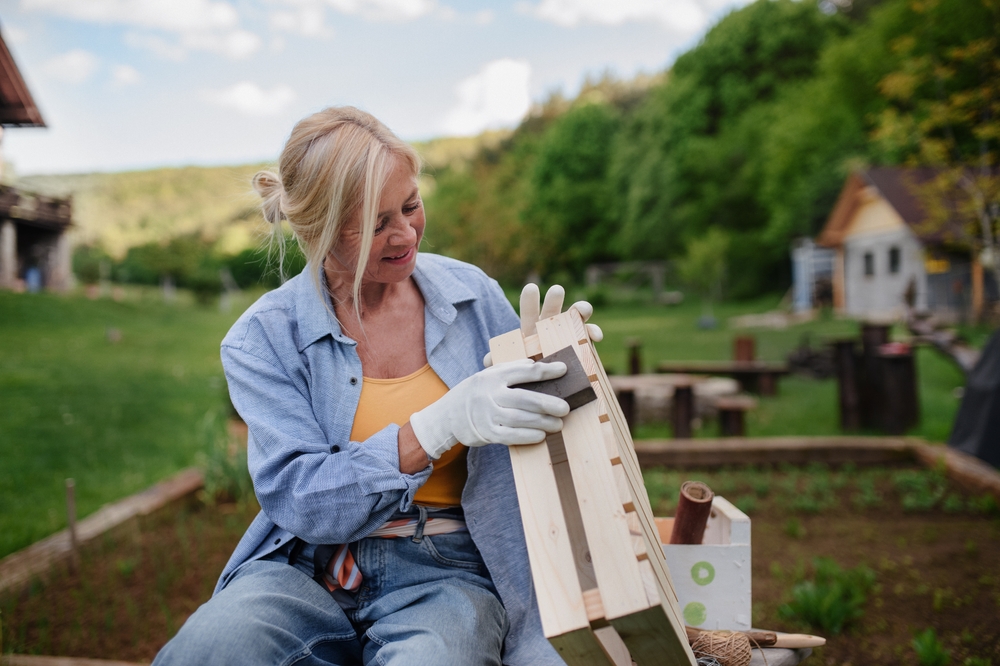
Wooden crates make excellent storage when stacked. Sand rough edges to prevent splinters. Screw or glue them together in any shape you like. Paint or stain for a finished look. This saves $40 to $80 compared to new furniture.
Crates can be found cheaply or even free. Use them for shoes, books, or toys. Secure them to the wall for safety if stacked tall. They can be moved easily if you rearrange. It is a simple and creative way to add storage.
Homemade Reusable Cleaning Cloths

Paper towels are costly over time. Cut old shirts or towels into cleaning cloths. Hem the edges if you want them sturdier. Wash and reuse them instead of buying new rolls. This can save $50 to $75 each year.
Keep a basket in the laundry area for used cloths. Wash them with regular loads to save time. Store folded cloths in the kitchen for easy reach. They work for spills, dusting, and polishing. Reusing cloths keeps money in your pocket.
DIY Rain Barrel Setup
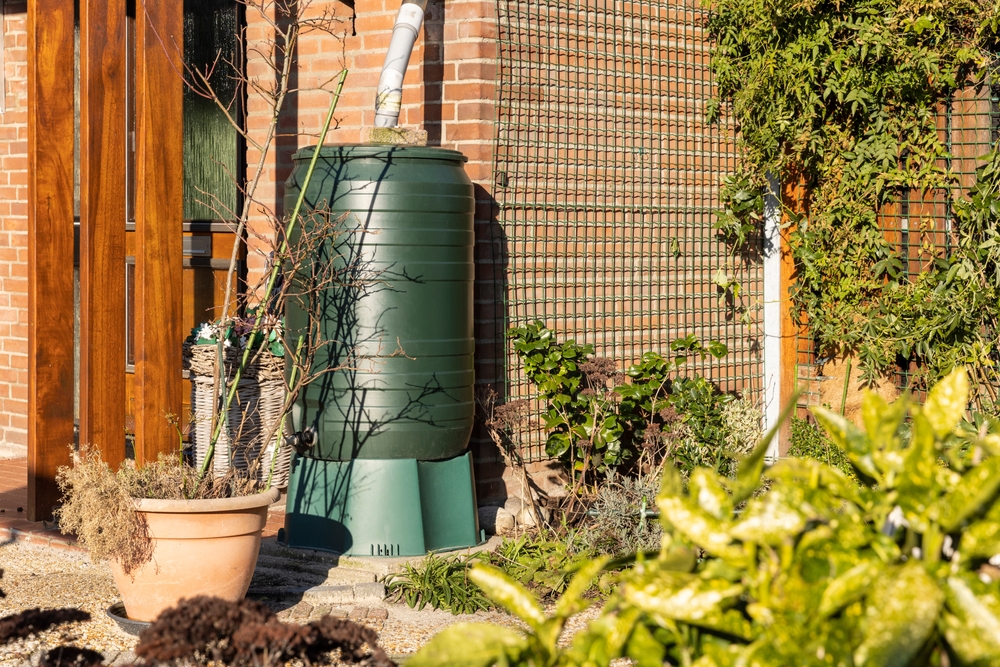
Collecting rainwater lowers water bills. Place a barrel under your gutter’s downspout. Drill a hole for a spigot near the bottom. Add a mesh screen on top to block debris and mosquitoes. This saves $80 to $120 yearly.
Use a sturdy stand to lift the barrel for better water flow. Connect a hose to the spigot for easy watering. Empty it before winter in cold areas. Paint the barrel to blend with your yard. This free water is perfect for gardens and lawns.
Making Your Own Wall Art
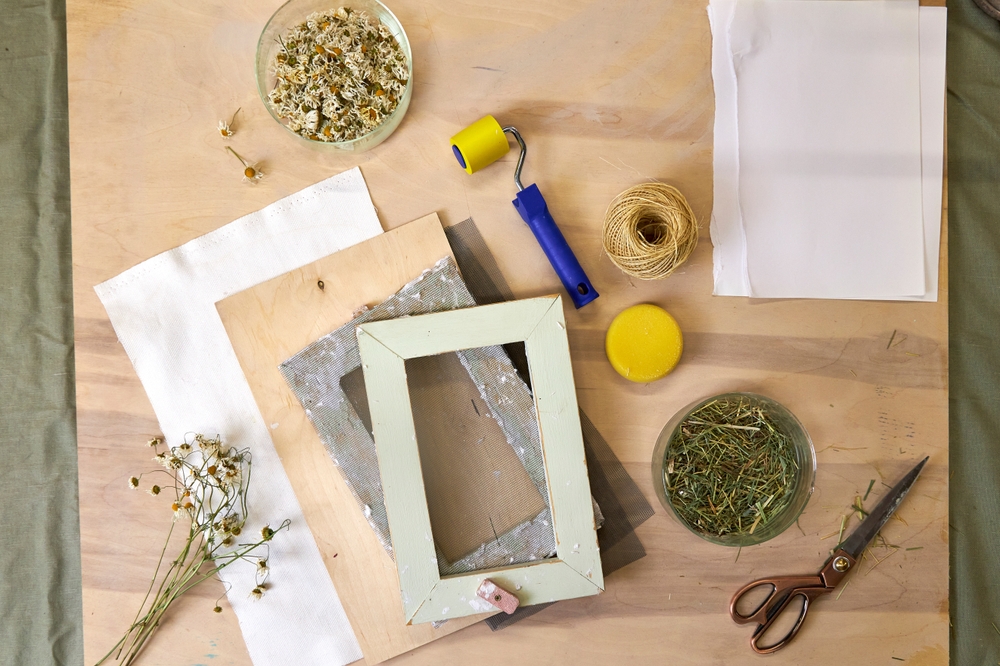
Decorating can get expensive. Use canvas, fabric scraps, or reclaimed wood to make art. Paint patterns, stencil shapes, or glue fabric pieces together. Frame them or hang directly on the wall. DIY art saves $50 to $150 compared to store pieces.
Start with simple designs if you are new to painting. Use leftover paint or samples to save more. Personal art adds character to your home. This project is fun for both kids and adults. It brightens rooms without breaking the budget.
DIY projects are a great way to cut costs while improving your home. Many of these tasks require only basic tools or items you already have. By putting in a bit of time, you can reduce bills and enjoy the results for years. Try a project this week and enjoy the rewards of doing it yourself.
This article originally appeared on Avocadu.
